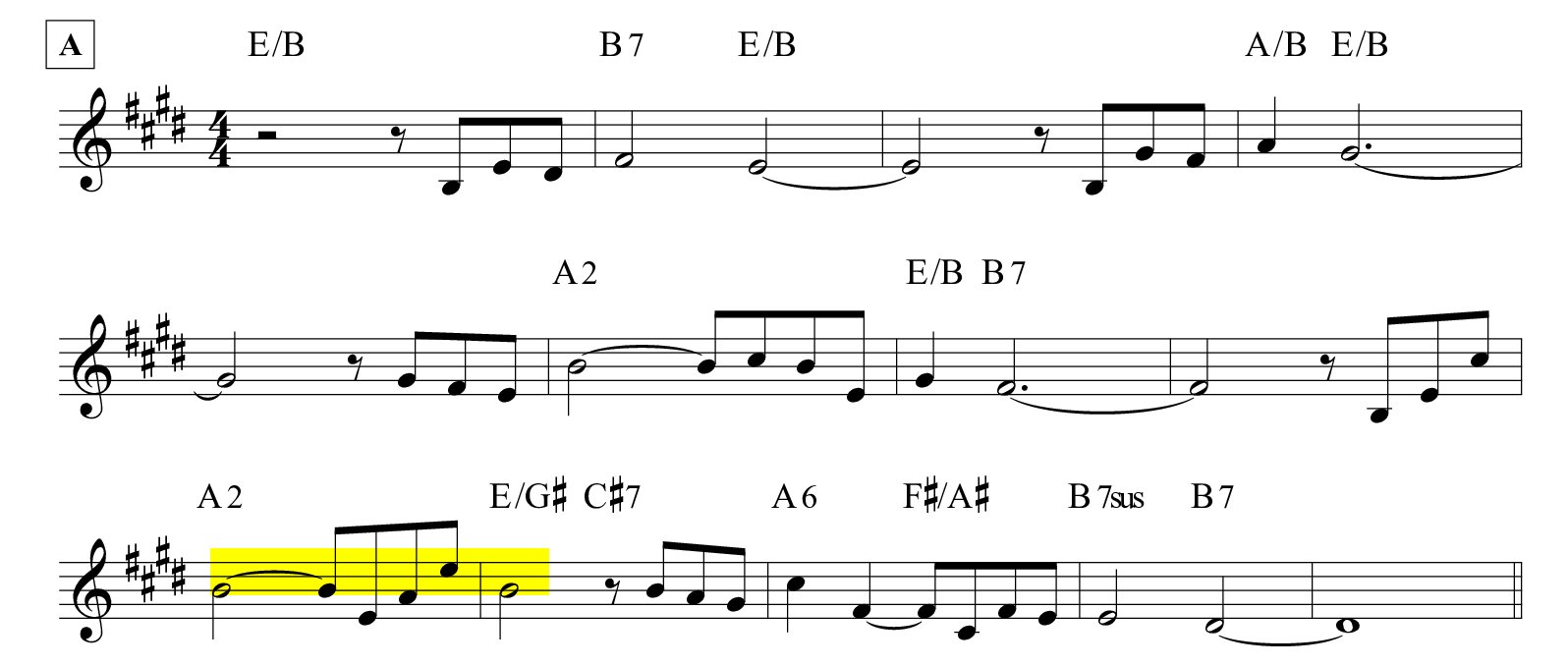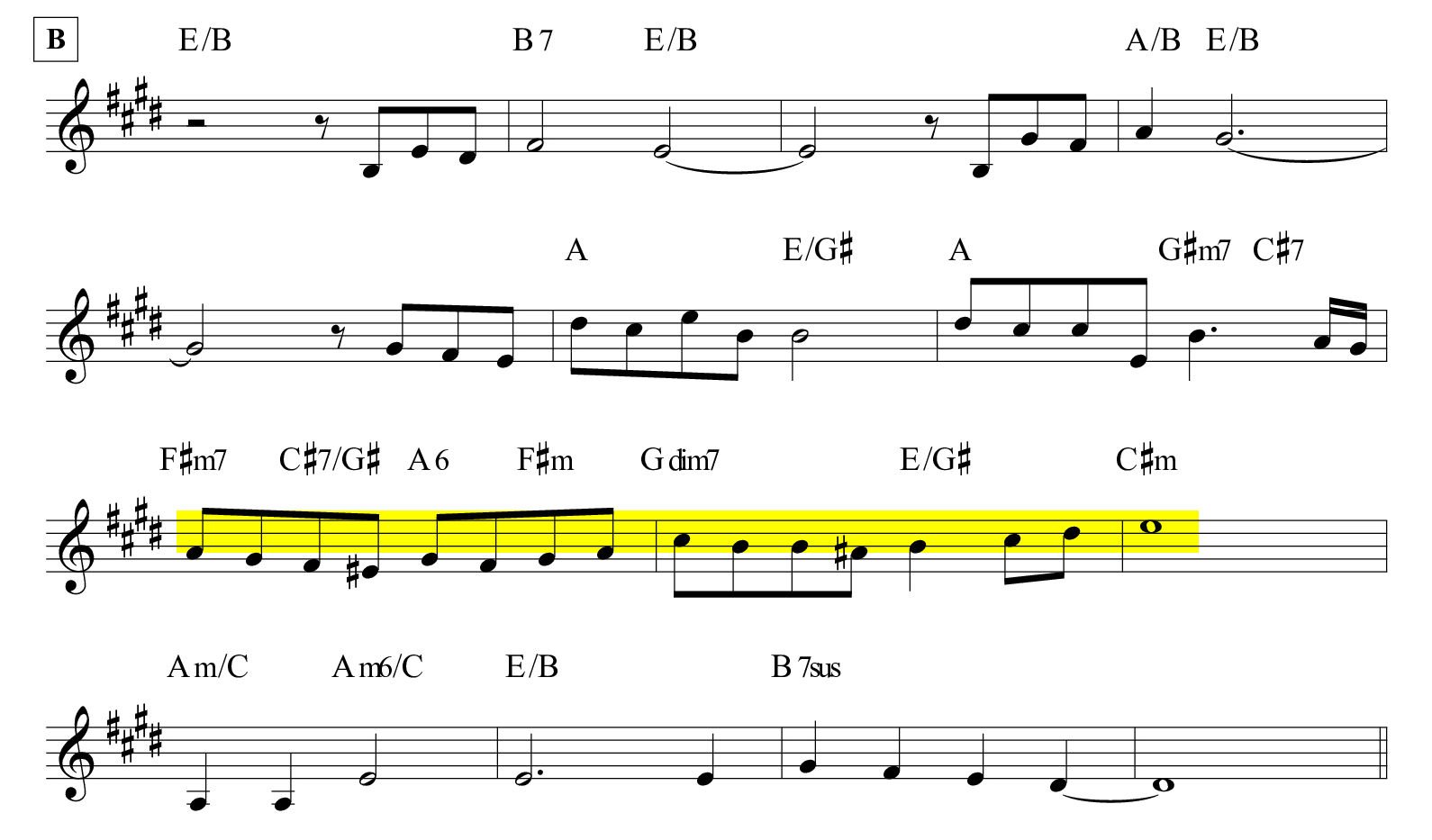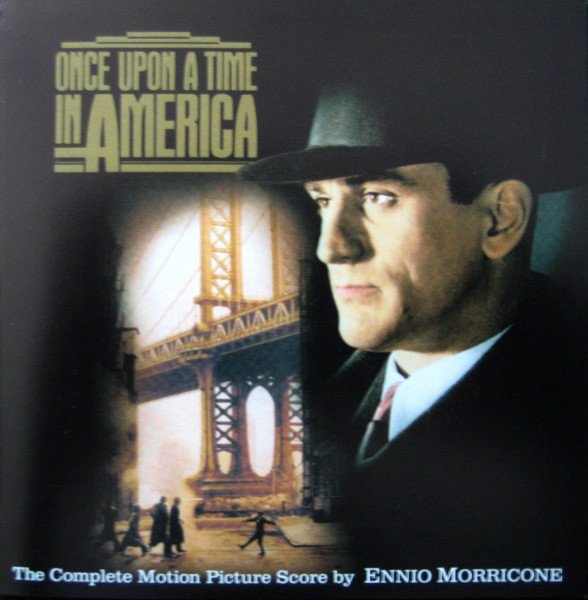[Monday Notes no. 158] Deborah’s Theme is the main piece written by Ennio Morricone for the soundtrack of Once Upon a Time in America, one of Sergio Leone’s most important films. I have tried to analyse this masterpiece in film music.
To analyse the most important track on the Once Upon a Time in America soundtrack, we cannot omit to say a few words about Deborah, the character to whom this theme is associated.
In a film about a group of gangsters and their affairs, Deborah is a somewhat marginal figure. We see her as a young girl when she pursues her dream of a career as a dancer, and then at the end of her career when she meets again David ‘Noodles’, the protagonist interpreted by Robert De Niro. In a film full of violence, betrayal and human wickedness, Deborah is almost an angelic figure.
But in the end what remains of her and David, who chose such different and opposite lives, is the great regret of a love they did not have the courage or perhaps the chance to fulfill. The character of Deborah is thus associated with a very strong feeling, a powerful and infinite nostalgia.
Perhaps David and Deborah’s regret for a missed love is also the regret for an America that no longer exists, an America that was full of delinquents and abuse but also of hopes and dreams to be fulfilled. Like all masterpieces, Once Upon a Time in America has several levels of interpretation.
Let us therefore try to analyse Deborah’s Theme by Ennio Morricone and to understand how the great composer has set to music a complex story and a feeling of poignant nostalgia.
Deborah’s Theme is in the key of E major and has a tempo of 4/4. The theme is wide, with many long notes. We notice that the main motif is repeated by progressively widening the intervals. The first time the motif is contained within a fifth B – F# interval.

The theme then repeats as it reaches the note A, and then ascends again to B and C#.

The recurring theme develops with ever-widening intervals, reaching the note E, an octave above the E played at the beginning.

The melody of Deborah’s Theme is calm and relaxed, while the harmony is suspended, almost unresolved. Morricone notably uses the pedal technique, i.e. a bass note held while the chords change. We thus notice that on the first E major chord, the bass plays B, which is held for all four measures.

Deborah’s Theme has a tripartite A B A form, the central B part being a little longer and more animated, while the A parts are more relaxed and suspended. In the central part of the piece the melody also becomes more dense, with a long eighth notes phrase culminating in the highest note of the piece, E on the fourth space of the staff.

Part B contains a fire, a dynamism that is however isolated, wrapped up in the long notes of the two A parts. Here, then, is the magic of Morricone’s piece: is there not in nostalgia a bit of impatience, of rebellion against the past? But in nostalgia there is also resignation, the acceptance of something that could perhaps have been different, but was not.

With Deborah’s Theme, Ennio Morricone composed one of the most wonderful soundtracks in film history. Sergio Leone’s film certainly deserved it and the combination of film and music produced an absolute masterpiece, from whichever point of view you look at it.
At the end of the film David and Deborah are aware of what they have lost, of what could have been and was not. But their love, although unexpressed, has remained undiminished by time. As is often the case, in the nostalgia there is also a great tenderness, the same tenderness that the notes of Deborah’s Theme arouse.
Until next Monday


